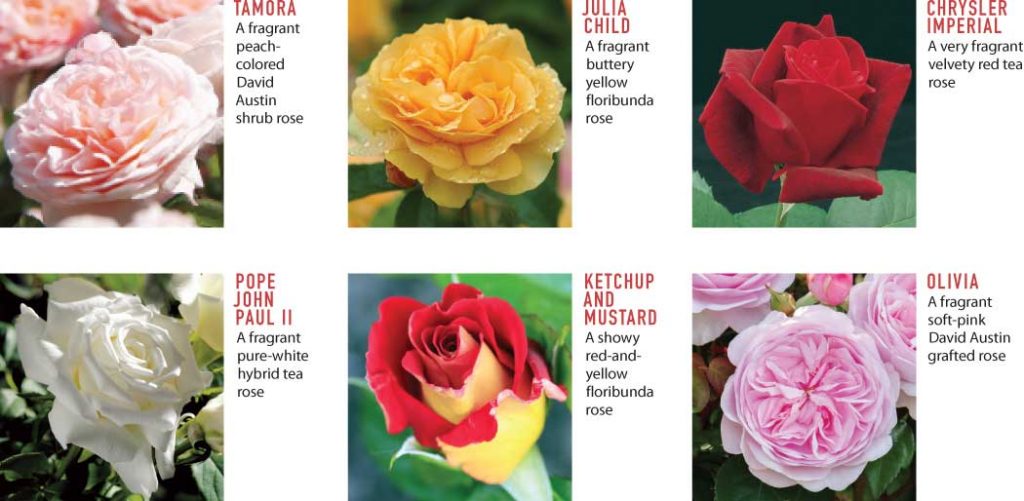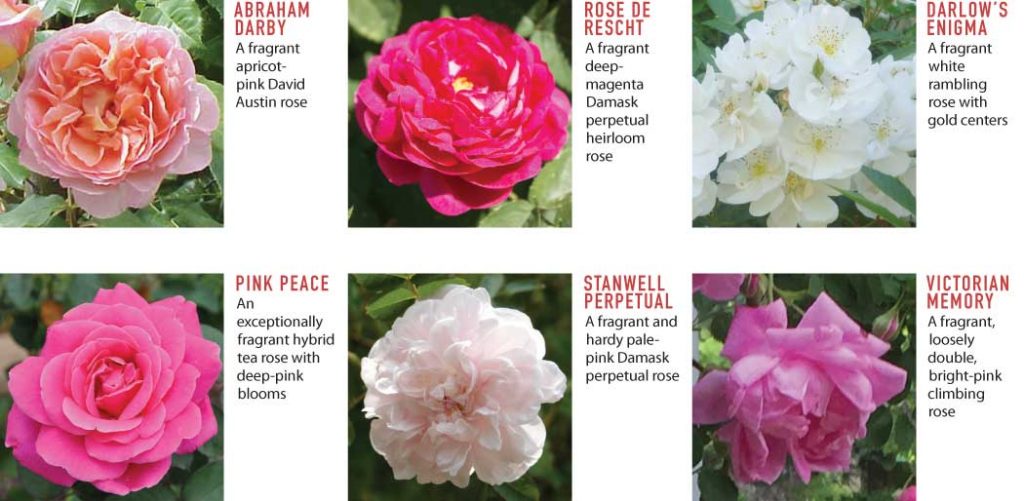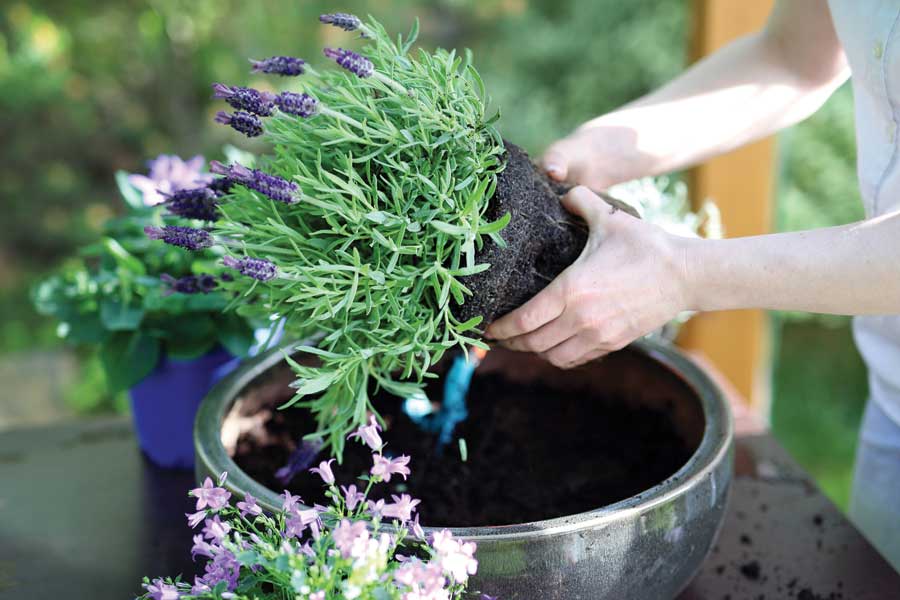Rules for Roses
03 Mar 2018
Well, not exactly. “So many modern roses are bred for form, not fragrance,” says rose expert Eve Reshetnik-Brawner, co-owner of Boulder’s Harlequin’s Gardens. Fortunately, many roses do have heady scents. If you’re new to growing roses, here are tips for a rosy outlook and our experts’ suggestions for highly fragrant varieties. ➊ Sunny Disposition Plant roses in a spot that gets at least six hours of sun a day. “Roses that get fewer than six hours have smaller blooms and won’t thrive,” says Billie Jo Tosse, perennials manager at The Flower Bin in Longmont. ➋ Two’s a Crowd Don’t plant roses too close to each other, other plants or structures. “They need good air circulation; crowding promotes disease,” Reshetnik-Brawner says. ➌ Well Rooted Own-root roses are hardier and more carefree than grafted varieties. Reshetnik-Brawner recommends cold-hardy, disease-resistant varieties from Canadian breeding programs, like ‘John Davis’, and heirlooms like ‘Fairmount Proserpine’. ➍ Bigger Is Better Plant after the last frost danger (May 15). Dig a big hole—at least two times the size of the bush you’re planting, Tosse says. A rule of thumb is 18 inches deep and 24 inches wide. Backfill with generous amounts of compost and natural soil, and water thoroughly. ➑ Feast or Famine Fertilize with a high-quality organic fertilizer. Both Tosse and Reshetnik-Brawner recommend Mile-Hi Rose Feed, formulated in Colorado for local soil conditions. “Organic fertilizer is slow release and supports the soil microbes, unlike chemical fertilizers,” Reshetnik-Brawner says. “Fertilize after you plant in early spring, followed by every four to six weeks,” Tosse says. “But stop by August 15.” Reshetnik-Brawner recommends two applications a year—in early May and again in mid-June, mid-July or mid-September. She mixes one cup of Mile-Hi Rose Feed with one cup of Mile-Hi Alfalfa Meal.
“A rose by any other name would smell as sweet” — William Shakespeare
billie's bets
Here are Billie Jo Tosse’s favorite roses (“although it’s kind of unfair to list so few, since I have so many”) for good performance, fragrance and color:

eve’s enjoyables
“Go for fragrance,” says Eve Reshetnik-Brawner, who notes that David Austin roses are bred for fragrance, romantic form and repeat blooms. Eve has many other favorites for fragrance as well. Here are her picks:













